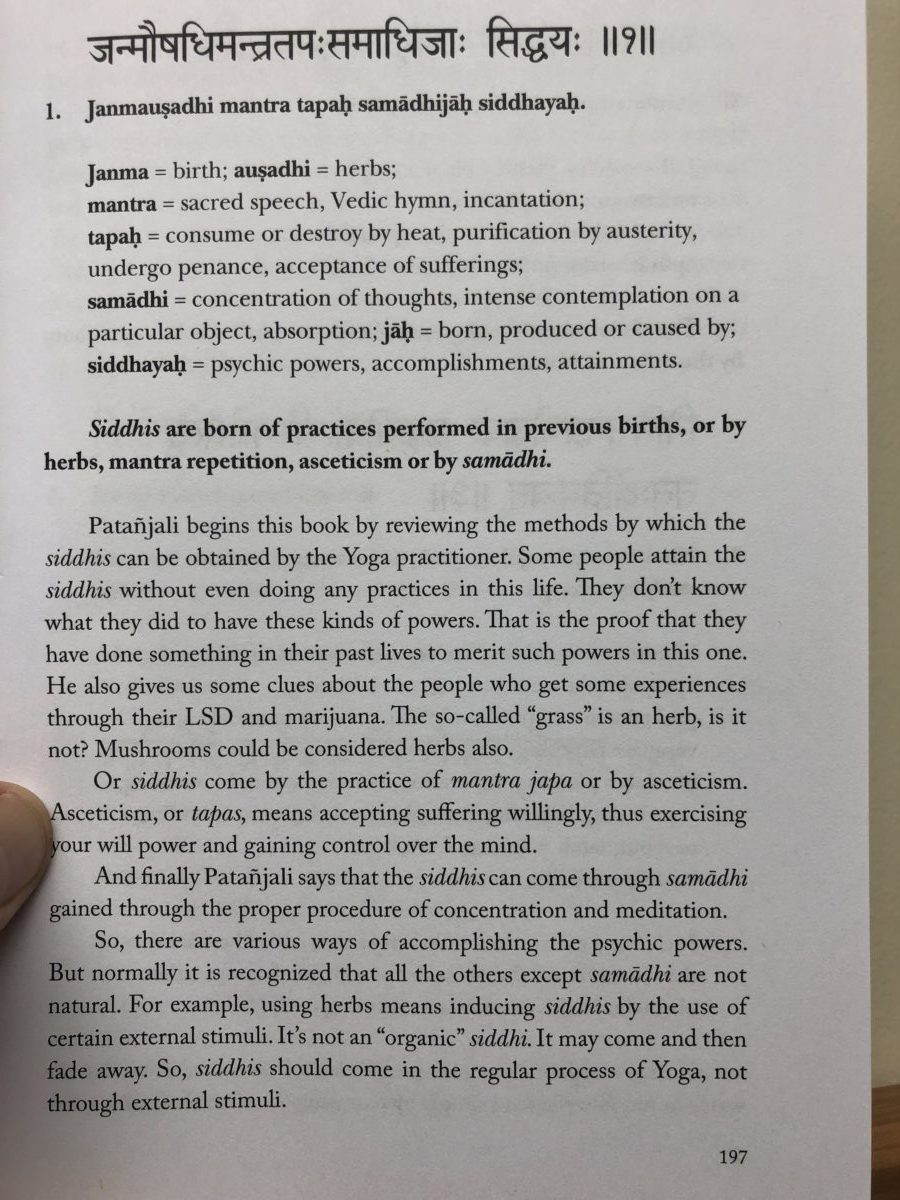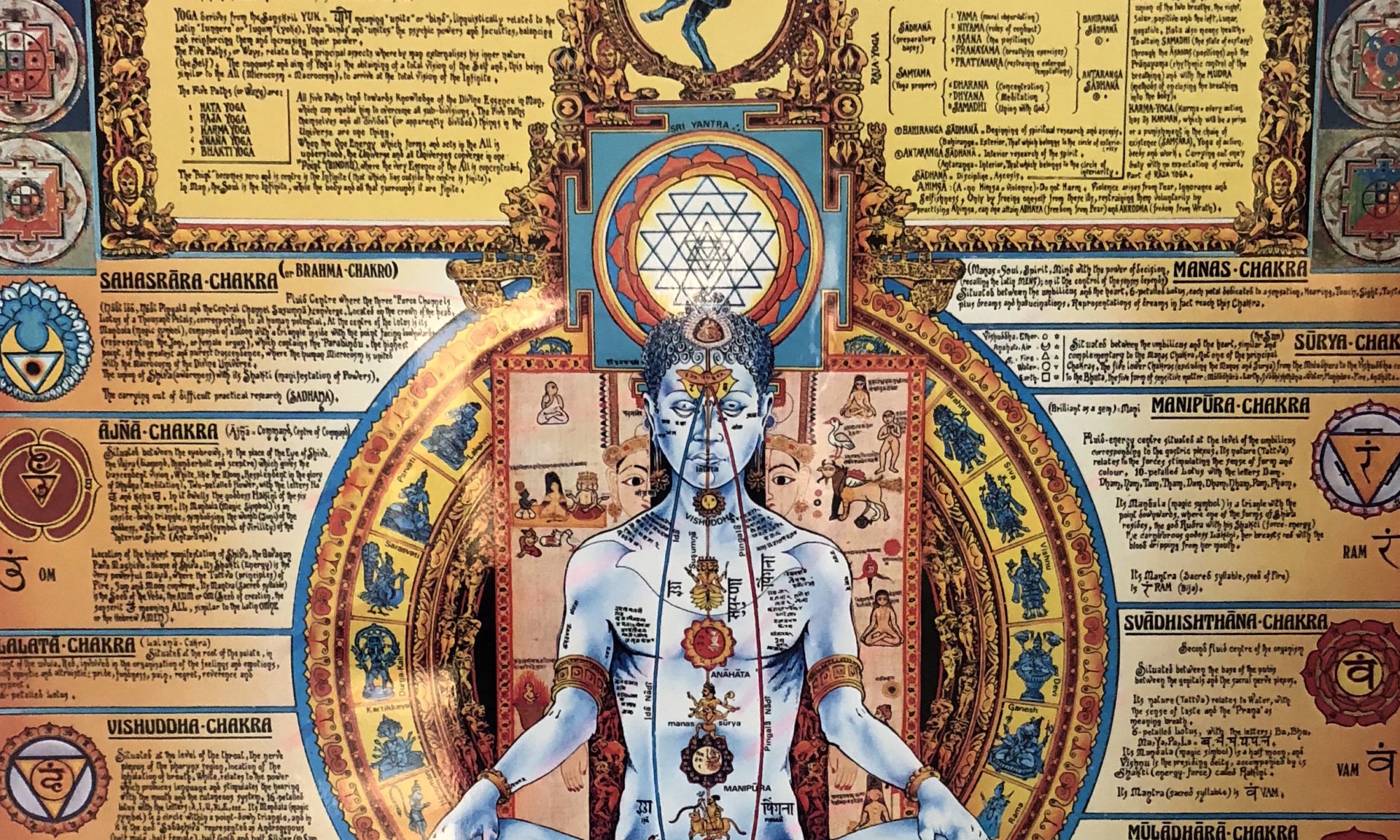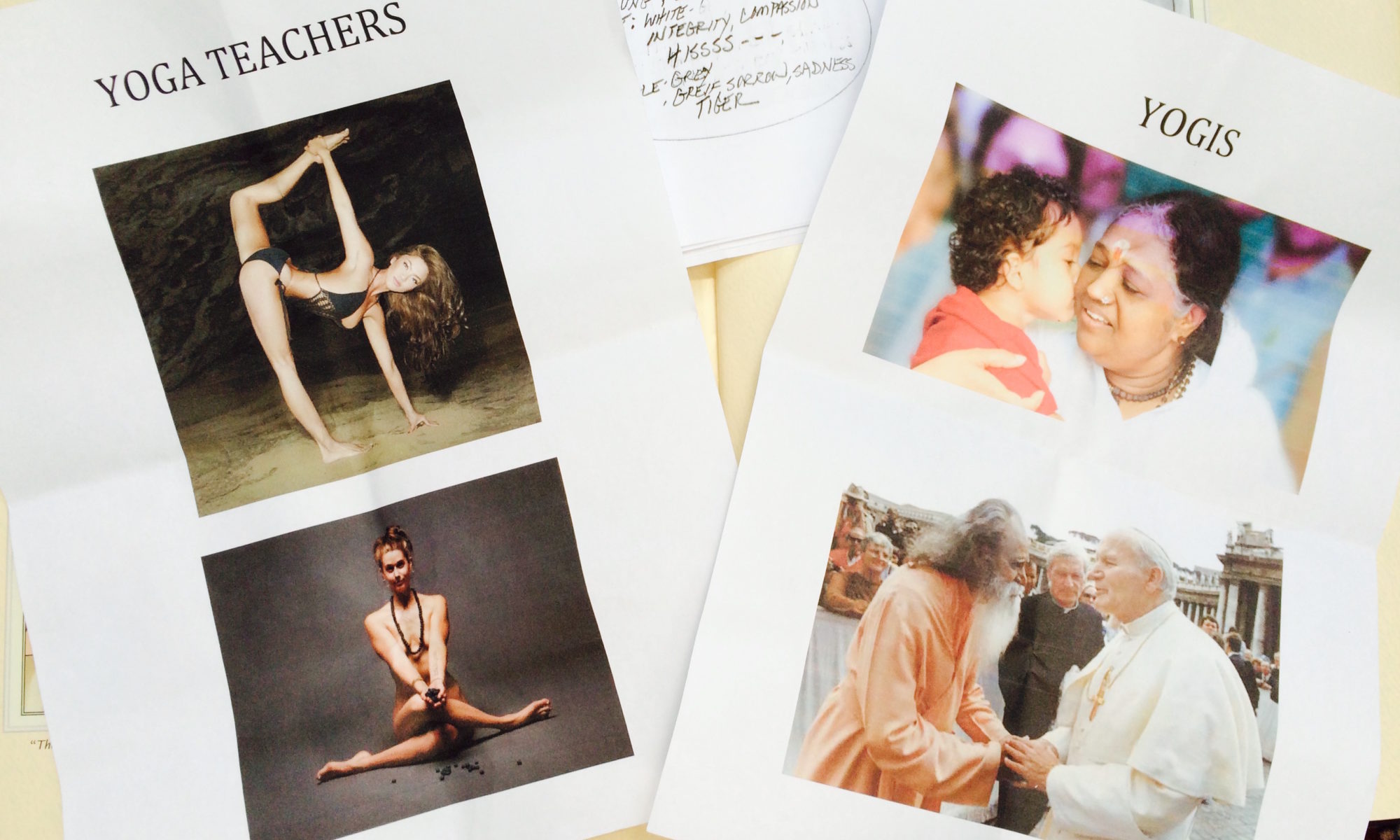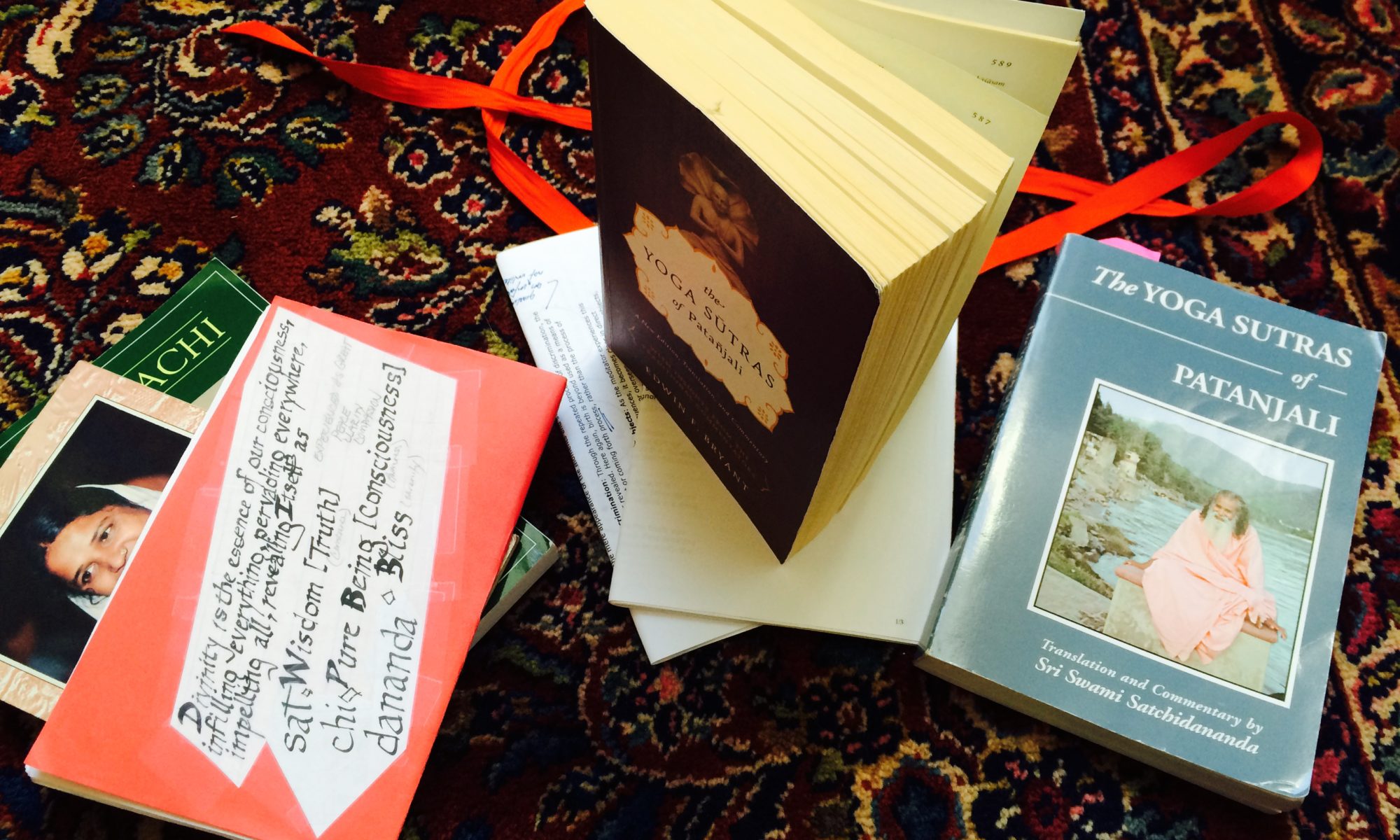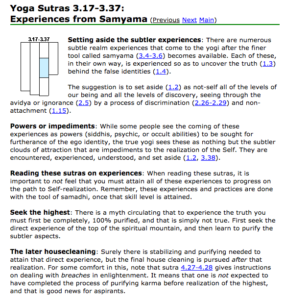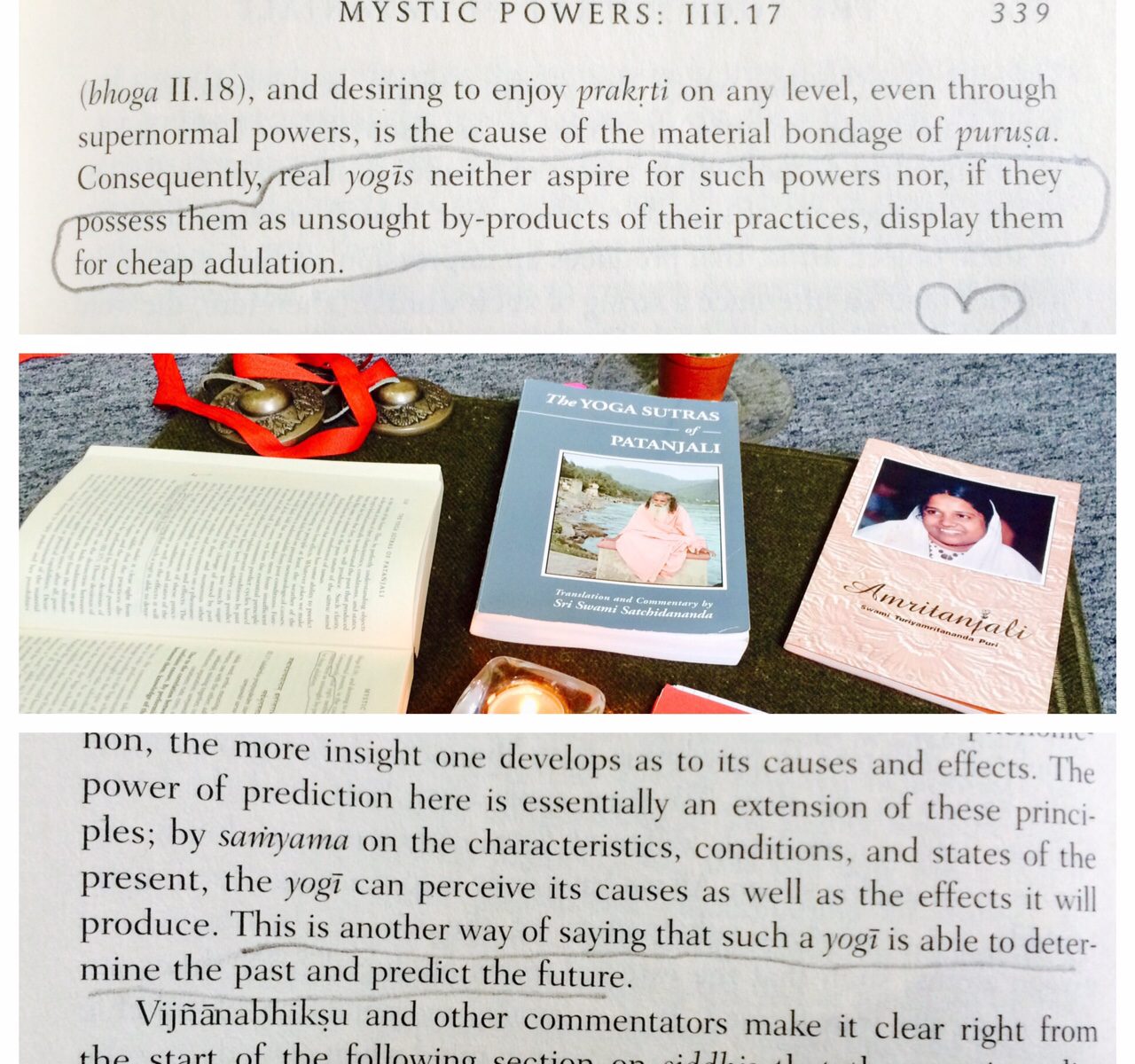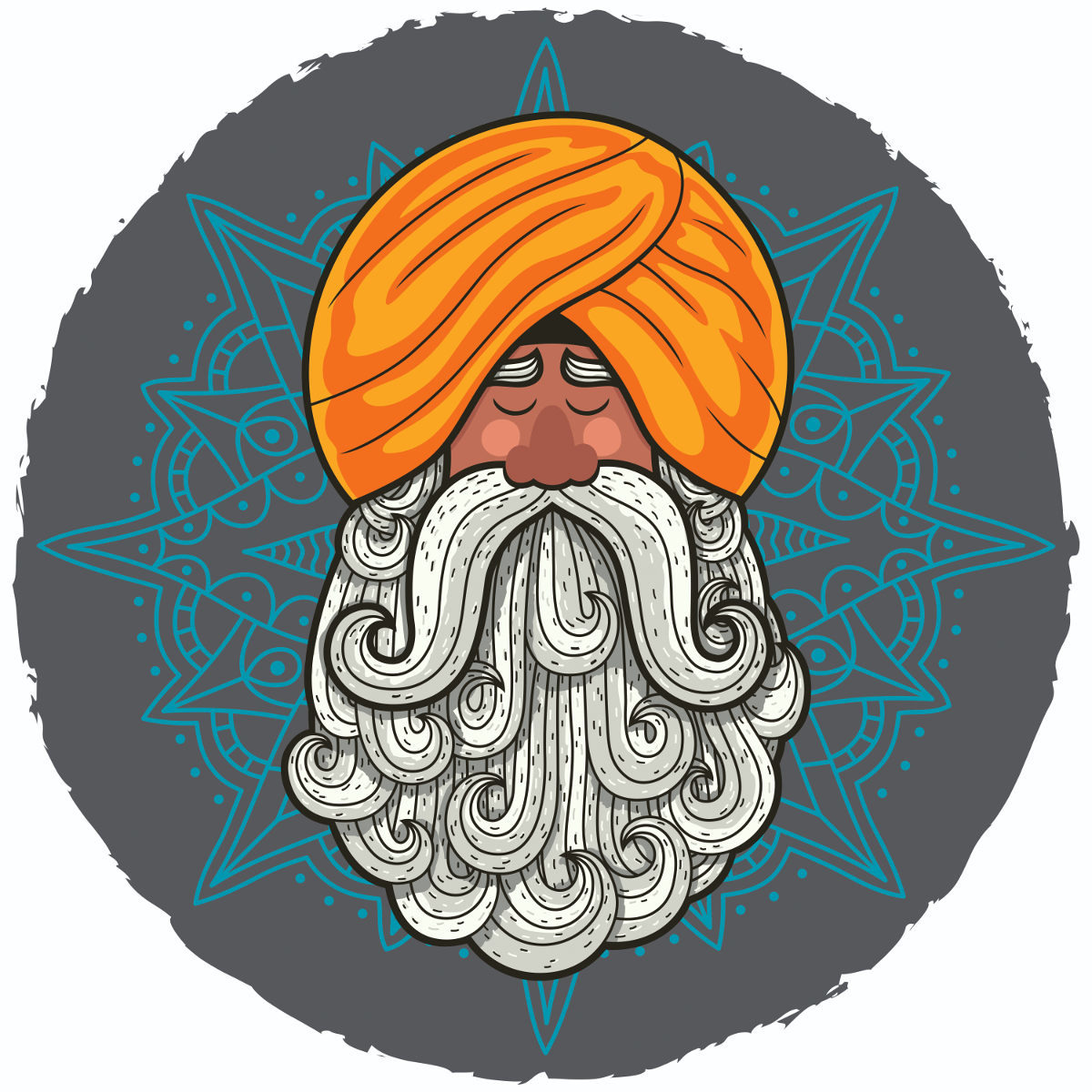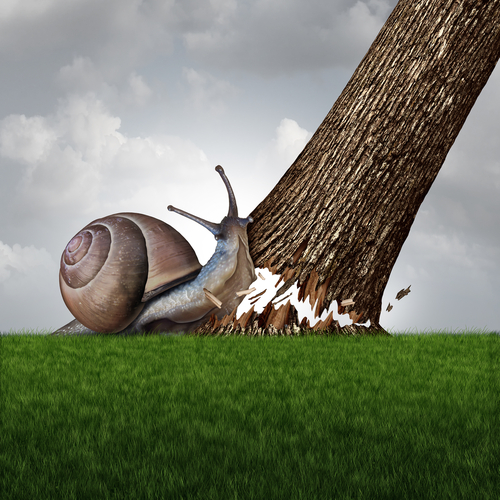A $100 prize will be awarded to the first ten people who respond to this blog, proving they’ve read it by posting an insightful and helpful comment or question! (You must be 18 or over!)
This entire blog is copied verbatim from a poster hanging on the wall in our school, received several years ago for renewing a subscription to a yoga something-or-other. It’s the most concise description of yoga we’ve found yet. Enjoy. 😉
“Truth is like a great mirror shattered by time into ‘hundred thousand pieces’, which enables all who possess a small fragment to declare, ‘My Religion-Truth is the true one.’” – Sufi Gibrail Kham
[The author of the following is unknown; bonus points if you know who wrote it!]:
[YOGA’s ORIGINS]
From the Indus Valley where one of the greatest civilizations of pre-history was already developing in the 4th millennium B.C., there comes to us across the barriers of time the philosophical and religious teaching of Yoga, which condenses and exalts the highest spiritual aspirations of Humanity of all times and every land.
Yoga as we know it today is probably very different from the original Yoga of the Indus Valley, having been codified and subsequently modified over the millennia. The first known codification is to be BHAGAVAD GITA (c. 400 B.C.). Then, in 150 A.D., the “FIVE WAYS OF YOGA” were codified.
Yoga survives from the Sanskrit YUK =

meaning “unite” or “bind”, linguistically related to the Latin “Iungere” or “Iugum” (yoke). Yoga “binds” and “unites” the psychic powers and faculties, balancing and reinforcing them and increasing their power. [Can you spell “M I N D C O N T R O L”?]
THE FIVE PATHS
The Five Paths, or Ways, relate to the principal aspects whereby man externalizes his inner nature (the Self). The conquest and aim of Yoga is the obtaining of a total vision of the Self and, this being similar to the All (Microcosm = Macrocosm), to arrive at the total vision of the Infinite.
1 Hata Yoga: HA = Sun, THA = Moon; [Hata is the] union of the two breaths, the right, Solar, positive and the left, Lunar, negative. Hata also means health. To attain SAMADHI (the state of ecstasy) through the Asanas (positions) and the Pranayama (rhythmic control of the breathing) and with the MUDRA (methods of enclosing the breathing into the body).
2 Raja Yoga: [see separate section below]
3 Karma Yoga: Karma = every action has its KARMAN, which will be a prize or a punishment in the chain of existence (SAMSARA). Yoga of action, deeds and work. Carrying out one’s duty with no expectation of reward. Part of Raja Yoga.
4 Jnana Yoga: [not defined herein]
5 Bhakti Yoga: [not defined herein]
All five Paths tend towards knowledge of the Divine Essence in Man, which can enable him to overcome all sub-divisions. The Five Paths themselves and all “divided” (or apparently divided) things in the Universe are one thing.
When the One Energy which forms and acts in the All is understood, the Universe and all Universes converge in one “Point” (BINDHU), where the very Essence of the All is concentrated. The “Point” becomes zero and is center – is the Infinite (that which lies outside the center is finite). [That last bit is deep!]
In Man, the Soul is the Infinite, while the body and all that surrounds it are finite. 
RAJA YOGA
In Raja Yoga, the Asanas (positions) serve to eliminate psychic disturbances of the Physical Body, creating a psycho-physical balance which combats the mind’s inconstancy.
Asana: There are 84 hundred thousand Asanas “described” by Shiva. There are as many Asanas as there are living beings in the Universe. Their importance depends on their influence on the endocrine glands and the “Prana” and “Apana” currents.
While the Apana restrains the Prana in its upward impulse, the Prana restrains the Apana in its downward fall. The Apana is the assimilating energy which passes along the PINGALA (Sun) channel (Nadi) and emerges at the right nostril. The Prana is the energy which flows along the IDA (Lunar) channel (Nadi) and emerges at the left nostril.
The oscillations of the two energy forces create instability and restlessness. Some Yoga exercises serve to make the contents of the two lateral channels converge in the central one (SUSUMNA), thereby uniting the two energies, Apana and Prana.
[The author outlines the eight limbs, or practice portion of Patanjali’s Yoga Sutras as follows:]
I. SADHANA = Preparatory basics. Discipline. Ascesis [the practice of intense self-discipline, typically for religious reasons].
A. BAHIRANGA SADHANA = Beginning of spiritual research and ascesis. Bahiranga = Exterior. That which belongs to the circle of exteriority:
1. YAMA (moral observation)
2. NIYAMA (rules of conduct)
3. ASANA (the positions)
B. ANTARANGA SADHANA = Interior research of the spirit. Antaranga = Interior. That which belongs to the circle of interiority:
4. PRANAYAMA (breathing exercises)
5. PRATYAHARA (restraining external temptations)
II. SAMYAMA = Yoga proper:
6. DHARANA (concentration)
7. DHYANA (meditation)
8. SAMADHI (union with God)

AHIMSA
“A” = no. “Himsa” = violence. “Ahimsa” = Do not Harm.
Violence arises from Fear, Ignorance and Selfishness.
Only by freeing oneself from these ills, restraining them voluntarily by practicing Ahimsa, can one attain…
ABHAYA (freedom from fear) and AKRODHA (freedom from Wrath).


